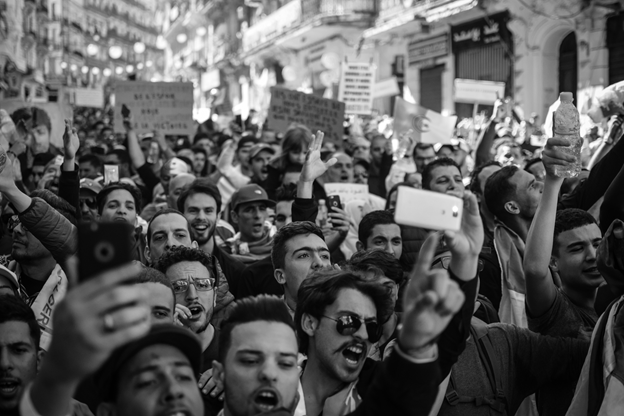
Amidst large ongoing social unrest in Iran, it is worth reflecting on the crucial role played by modern technology in shaping methods of resistance and popular outcry. In the last decade alone, we have witnessed a number of seminal protests in the Middle East and North Africa, Hong Kong, and South America, all largely shaped by younger generations’ instrumentalization of social media platforms. While the role of the Internet in facilitating protest organization and mobilization cannot be understated, it shares, at the same time, a remarkable capacity to expose and document the injustices and oppression suffered. The shift from obscured persecution to international coverage has been – quite literally – revolutionary. A recent study published in the Quarterly Journal of Political Science found that access to a cellphone network increases the chances of protest by more than 50%. The study also concludes that when a protest is heavily mediatised on the Internet, drawing the attention of the international community, governments are less likely to repress protesters in fear of compromising their international political and economic relations.
This democratisation via popular media has created a brand new age of social and political activism. Though it is a banal reality today, only a few decades ago, the idea of a modern world where almost every person carries a device equipped with a 12-Megapixels camera, a microphone and the ability to communicate information in real time seemed wholly absurd. The shift has been made possible, in part, thanks to developments in energy storage technology, notably the invention of the Li-ion battery. Commercialized in 1991 by Sony, the Li-ion battery has allowed us to carry our computers in our bags and our telephones in our pockets, and to even drive our cars cross-country. The accessibility and portability of these technologies has reshaped the way we record and disseminate information from anywhere and at any time. In 1984, when Motorola released the DynaTAC – known to be the first commercial handheld cellphone – it cost the equivalent of 10,000 USD, and its battery life allowed for a mere 30-minutes of talk time. Today, the iPhone 13 is priced at 1,000 USD and allows for up to 10-hours of video streaming. It is no wonder then that cellphones have lowered coordination costs among activists and made it more probable for citizens to successfully organize and assert their demands on governing authorities.
In 2019 John B. Goodenough, M. Stanley Whittingham and Akira Yoshino were awarded the Nobel Prize in Chemistry for their contributions to the development of the Li-ion battery. Although the Li-ion battery has gained much attention for the way it revolutionized transport with the advent of electric vehicles, such as the Tesla Roadster and the Porsche Taycan, its impact on our modern society goes beyond luxury cars. This technology has not only changed our outlook on energy and transport, but has also expanded access to news, science and information, as well as the way we mobilize as a group or groups. Li-ion batteries have a wide range of applications; they are found in cellphones, laptops, power tools, cars and even on the power grid. Nevertheless, that very same technology is also powering social and political change towards what we can only hope is a more just and democratic world.










